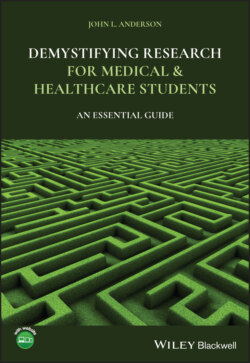Читать книгу Demystifying Research for Medical and Healthcare Students - John L. Anderson - Страница 56
Phase II Clinical Trials
ОглавлениеIf Phase I trials show that a new agent is relatively safe, the next step in the development of a new drug is a Phase II trial. These specifically check effectiveness – to see if it does what we want it to do. But these trials continue to monitor the safety and side effects of the developing treatment. Larger numbers are recruited into these trials. The CRUK literature defines them like this:
Phase II trials aim to find out:
if the new treatment works well enough to be tested in a larger Phase III trial;
which types of cancer the treatment works for;
more about side effects and how to manage them;
more about the best dose to use.
These treatments have been tested in Phase I trials, but may still have side effects that the doctors don't know about. Treatments can affect people in different ways.
Phase II trials are usually larger than phase I. There may be up to 100 or so people taking part. Sometimes in a phase II trial, a new treatment is compared with another treatment already in use, or with a dummy drug (placebo).
Some Phase II trials are randomised. This means the researchers put the people taking part into treatment groups at random.
(CRUK 2020)
Again, the principles are the same for cancer drug trials as for other drug trials except that cancer drug trials usually recruit people with cancer and do not pay them; whereas, in other drug trials, healthy volunteers are recruited to take part and they are paid.
